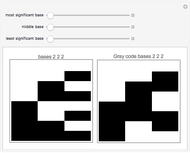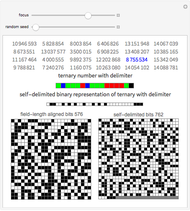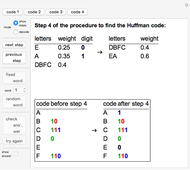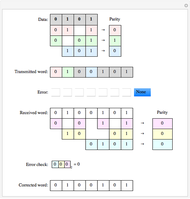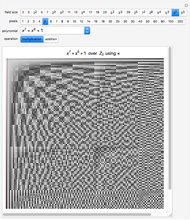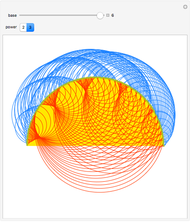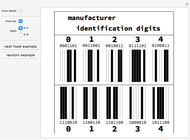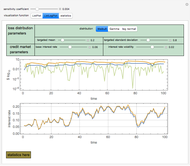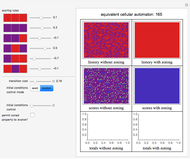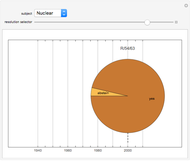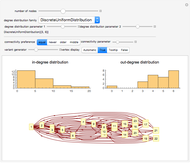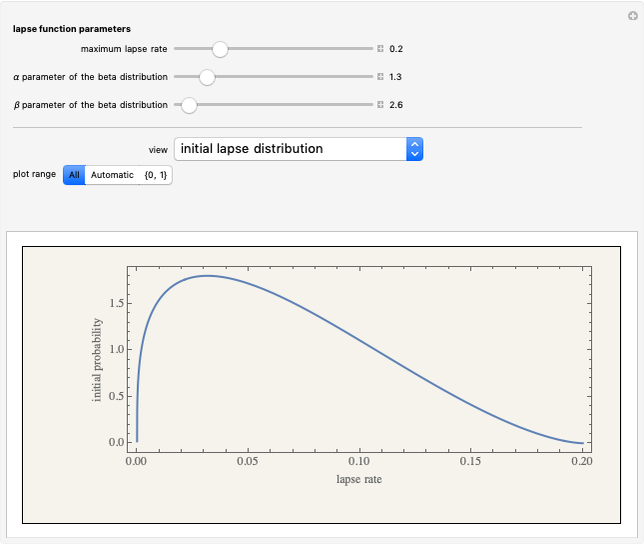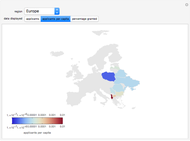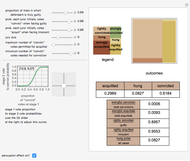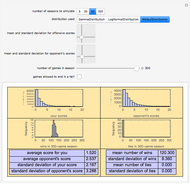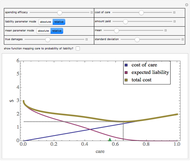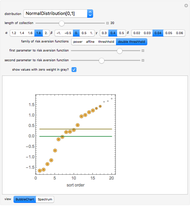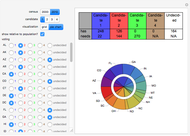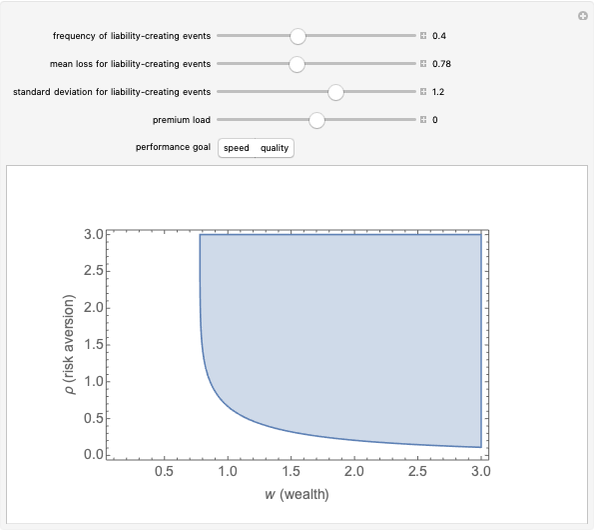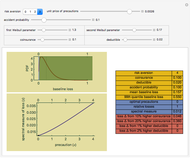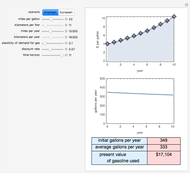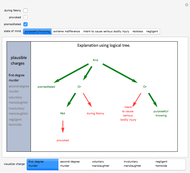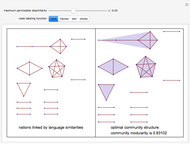Mixed Radix Number Representations

Requires a Wolfram Notebook System
Interact on desktop, mobile and cloud with the free Wolfram Player or other Wolfram Language products.
In conventional positional notation systems, a numeral written as  has the value
has the value  where
where  is called the radix or base of the number system. The multipliers for each digit thus proceed from right to left in geometric sequence and each is a constant
is called the radix or base of the number system. The multipliers for each digit thus proceed from right to left in geometric sequence and each is a constant  multiplied by the multiplier of the digit to the right. This representation of numbers is often extremely convenient. There are instances, however, where it is useful to denote a numeric quantity where the ratio between the multiplier of a digit and the digit on its right is not necessarily a constant. Such representation systems are called mixed radix or mixed base number systems. This Demonstration shows how numbers represented in conventional positional notation systems can be represented as a mixed base form.
multiplied by the multiplier of the digit to the right. This representation of numbers is often extremely convenient. There are instances, however, where it is useful to denote a numeric quantity where the ratio between the multiplier of a digit and the digit on its right is not necessarily a constant. Such representation systems are called mixed radix or mixed base number systems. This Demonstration shows how numbers represented in conventional positional notation systems can be represented as a mixed base form.
Contributed by: Seth J. Chandler (March 2011)
Open content licensed under CC BY-NC-SA
Snapshots
Details
Snapshot 1: the number 360 represented using the Mayan system in which all positions except the second have radix 20
Snapshot 2: the number 4095 represented in constant radix 2 and then represented using radices (from right to left) 16, 8, 4, 8
Snapshot 3: the number 2257 represented in constant radix 7
Snapshot 4: the Demonstration responds with an appropriate message if the number chosen is too large to be represented with the four mixed radix digits you selected
Permanent Citation
"Mixed Radix Number Representations"
http://demonstrations.wolfram.com/MixedRadixNumberRepresentations/
Wolfram Demonstrations Project
Published: March 7 2011






